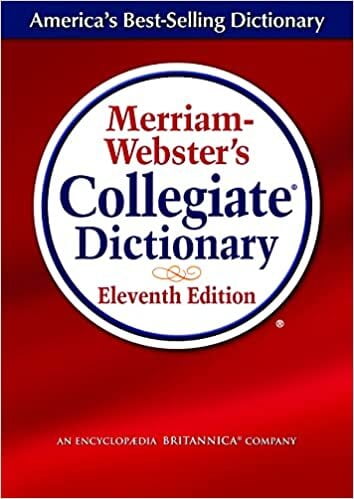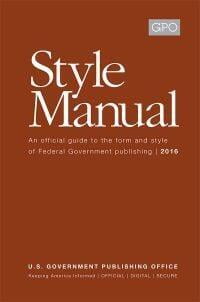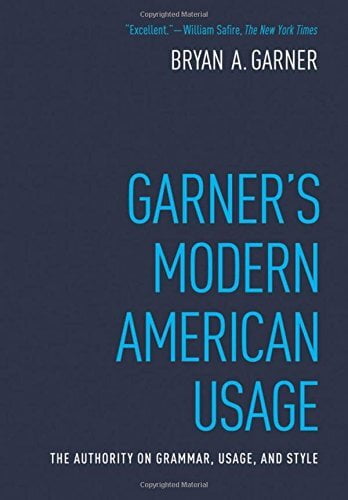Welcome to the Conservation Writing Pro’s Recommended Resources
Explore resources to help environmental scientists who write in a regulatory context develop professionally as writers. First, access the "Big Four"--the reference works every professional writer must have at their disposal.
Second, under the "Big Four," browse Further Resources useful specifically to environmental scientists employed with the United States Federal government. These checklists and references have been field tested for more than a decade with your colleagues and against your standards and authorities.
Third, hover over the Resource link above to find separate pages with more detailed explanations, charts, and videos covering various topics.
Finally, I’d love to hear your best practices. If it worked for you, it will probably work for your peers!
Please note: This page is updated frequently, so please bookmark it and check back often. If you notice any broken links or inaccuracies, please let me know. This page contains links to Amazon products. I earn a small commission on any sales made through these links.

Dictionary
Dictionaries are indispensable reference tools for writers, and not because they offer spelling suggestions. (MS Word does that, and it’s not on this list.) Dictionaries help you distinguish between commonly confused words; explain finer shades of meaning; and provide etymologies, or word histories, that help to explain certain connotations or relationships.
Google is not a replacement for a dictionary. Any word, correct or not, can be found through a Google search. And free online dictionaries are of zero professional assistance because they operate the same way as Google: They use automated search functions to crawl the web, find the word, and add it to their database.
You need a dictionary that has been professionally edited by a board of language experts. For this reason, I recommend Merriam-Webster. They have a robust online presence as well as apps available for both iPhone and Android platforms. And their editorial board is top notch.
Grammar Handbook
Reference works are not intended to be read cover to cover, and grammar handbooks are no exception. Instead, you need a grammar handbook to cross reference words you will find in dictionaries and style guides. A good grammar handbook will provide definitions, rules, and examples not only of the parts of speech and their functions in a sentence but also of such brainteasers as split infinitives and dangling participles.
While all languages change over time, English grammar has remained relatively stable for centuries (since the 1500s, in fact). Therefore, you should not invest heavily in a grammar handbook. Newer ones use a more familiar terminology and have examples that are more relatable. But newer, in this case, extends to the 1980s–1990s.
I highly recommend Diana Hacker, A Writer’s Reference. It is well established and widely assigned as a college textbook, meaning used copies are plentiful. Many features make it user friendly: spiral binding, a color-coded table of contents printed on both sets of end papers, corresponding chunky plastic tabs, and realistic examples.
Style Guide
Grammar constitutes the “rules” of language: subject-verb agreement, proper syntax, certain types of punctuation, etc. However, much of our language use is guided by personal preferences, commonly called style. The universe of styles ranges from creative fiction writers—such as Jane Austen, Charles Dickens, Virginia Woolf, Truman Capote, and Hunter S. Thompson—to nonfiction prose writers—including H.L. Mencken, George Orwell, Dr. Martin Luther King, Jr., and Rachel Carson.
As you can see, the range is staggering. Thus, organizations and disciplines produce style guides to create consistency. This guidance constitutes the “voice” of an agency. For federal government writers, that voice is regulated by the U.S. Government Publishing Office Style Manual.
This helpful reference work provides clear-cut answers to many commonly asked and variously answered questions:
·Should I use a figure for the number or spell it out?
·Do I use the Oxford comma or omit it?
·Should the word “federal” be capitalized?
·Should the word “federally” be hyphenated in phrases such as “federally authorized plan”?
·Is “policy maker” spelled as two words, one word, or a hyphenate?
You may not agree with the answers, but it’s certainly comforting to know that there IS an answer.
Usage Manual
Words, phrases, parts of speech, and even punctuation can carry shades of meaning we may not even be aware of. Their "correctness" depends upon our context. Clear, thoughtful explanations--such as those offered in usage manuals--help us make good choices among the universe of possibilities.
Usage manuals range from the prim and proper to the mildly amusing to the downright irreverent. The latter two categories are fine for your own personal edification. But as an environmental scientist working in a regulatory environment, you should opt for the Emily Post version: Garner’s Modern American Usage.
Bryan Garner has a lengthy and well-respected CV. Nevertheless, he consulted more than 100 subject matter experts to compile the Usage. The tome contains miniature (and some not-so miniature) essays on thousands of words, phrases, and parts of speech whose usages are commonly mangled, including “decimate”, “affect”/”effect”/”impact” and “lay”/”lie”/”laid”/”lain”. The book is well worth the investment for the serious writer.Further Resources
Chart of Transitional Expressions: Arranged from left to right in order of increasing grammatical complexity, this chart reminds writers to use transitions often and how to punctuate them while acting as a thesaurus to avoid monotony.
Comprehensive Editing Checklist: A checklist to help you edit your document systematically and completely.
File Flow Checklist: A checklist to help you establish a systematic file flow to keep documents moving smoothly throughout the writing, review, editing, and publication processes.
Microsoft Editor and the GPO: Microsoft now offers an Editor function to help writers identify and correct common grammatical, mechanical, and stylistic errors. The function works like an expanded version of Spell Check. In general, the guidance Microsoft Editor offers is based on the commonly accepted rules of standard written English. However, in a few cases, the guidance conflicts with federal government writing standards, as outlined in the Government Publication Office Style Manual, 2016 or other best practices for scientific and technical writing. In this PDF resource, I explain Microsoft Editor’s guidance in the federal government context.
Paragraph Copy Editing Checklist: A checklist that allows you to move systematically through a document's paragraphs and ensure they each have a clear topic sentence, are appropriately developed, and are logically organized.

